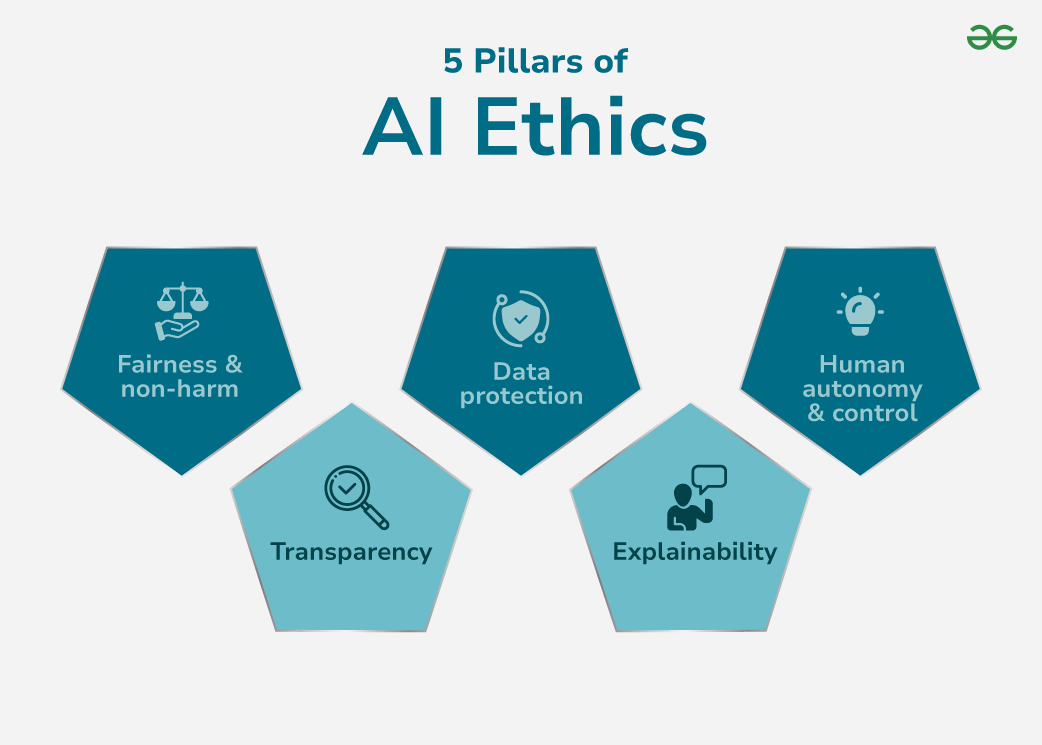
How Technology Is Helping Fight Climate Change
- 0
Climate change is a pressing issue that requires urgent action. As global temperatures rise and extreme weather events become more frequent, it is clear that we must take steps to reduce our impact on the environment. Thankfully, advancements in technology are playing a crucial role in the fight against climate change. From renewable energy sources to smart transportation solutions, technology is helping to reduce carbon emissions and make our planet a healthier place to live.
Renewable Energy
One of the biggest contributors to climate change is the burning of fossil fuels for energy. Coal, oil, and natural gas all release harmful greenhouse gases into the atmosphere, trapping heat and leading to global warming. Renewable energy sources, such as solar, wind, and hydroelectric power, offer a cleaner alternative. Thanks to advances in technology, these sources have become more efficient and cost-effective, making them a viable option for powering our cities and homes. By investing in renewable energy, we can reduce our reliance on fossil fuels and lower our carbon footprint.
Smart Grids
Traditional energy grids are inefficient and vulnerable to power outages. Smart grids, on the other hand, use advanced technology to monitor and manage electricity distribution more effectively. By integrating renewable energy sources and energy storage systems, smart grids can optimize power usage and reduce waste. They also have the ability to adapt to fluctuations in demand, making our energy systems more reliable and resilient. By upgrading to smart grids, we can improve the efficiency of our energy infrastructure and reduce emissions.
Electric Vehicles
The transportation sector is a major contributor to greenhouse gas emissions. Gasoline-powered vehicles release carbon dioxide and other pollutants into the atmosphere, contributing to air pollution and climate change. Electric vehicles, powered by renewable energy sources, offer a cleaner and more sustainable alternative. Advances in battery technology have made electric vehicles more affordable and practical for everyday use, reducing our dependence on fossil fuels. By switching to electric vehicles, we can significantly cut emissions and improve air quality in our cities.
Energy-Efficient Buildings
Buildings account for a significant portion of global energy consumption and emissions. By improving the energy efficiency of our homes and offices, we can reduce our environmental impact and lower our energy bills. Technology plays a key role in this effort, with innovations such as smart thermostats, energy-efficient appliances, and building automation systems helping to optimize energy usage. By retrofitting existing buildings and constructing new ones with energy-efficient design features, we can create more sustainable and environmentally friendly spaces.
Carbon Capture and Storage
Despite our best efforts to reduce emissions, some amount of greenhouse gases will still be released into the atmosphere. Carbon capture and storage (CCS) technology offers a way to capture and sequester these emissions, preventing them from contributing to climate change. By capturing carbon dioxide from power plants and industrial facilities, and storing it underground or using it for other purposes, CCS can help to reduce overall emissions and mitigate the effects of global warming. While still in its early stages, CCS technology shows promise as a tool for combating climate change.
Conclusion
Technology is a powerful tool in the fight against climate change. From renewable energy sources to smart transportation solutions, advancements in technology are helping to reduce emissions and create a more sustainable future. By investing in innovative technologies and adopting more efficient practices, we can make a positive impact on our environment and protect our planet for future generations.
Let us continue to harness the power of technology to drive positive change and combat climate change.

